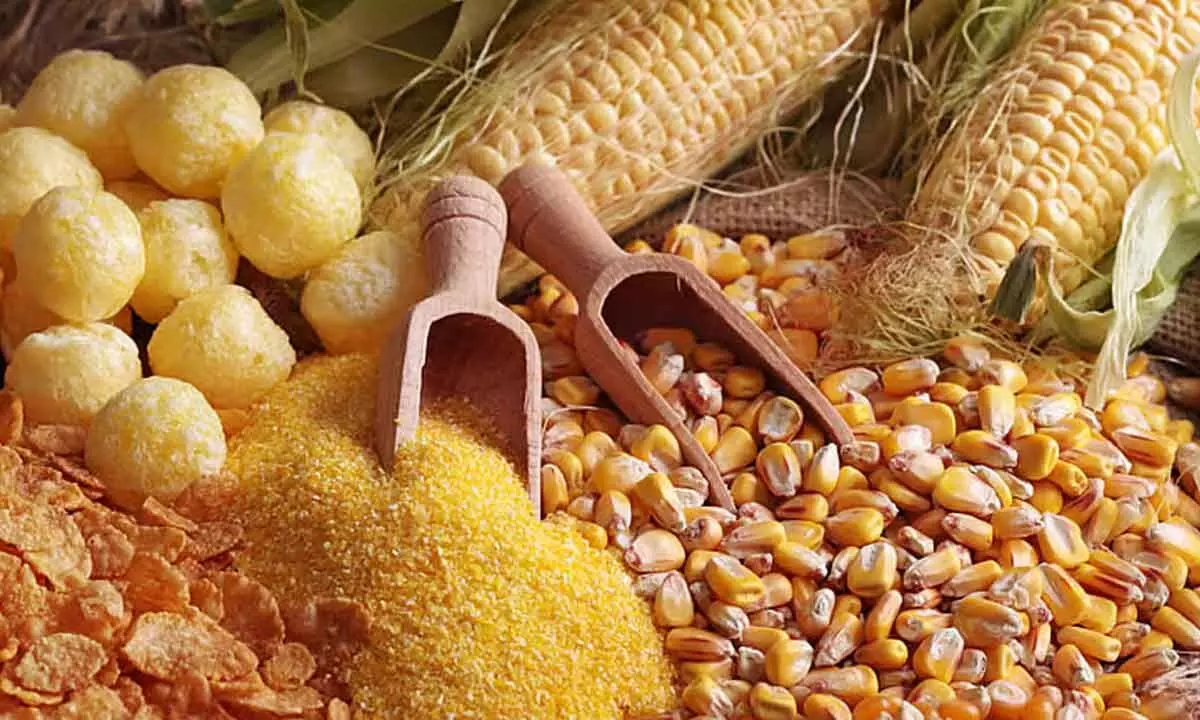Poultry sector seeks duty cut on maize
Maize prices skyrocketing due to increased use in ethanol production; Current production of maize and soybean is insufficient to meet the demand from the poultry sector
image for illustrative purpose

We have urged the government to allow imports of genetically modified maize and soybean because of unprecedented increase in prices. Allowing imports during the season when farmers don’t sell maize will help the poultry industry without hurting the farmers -- Ricky Thaper, executive member, AIPBA
The poultry industry has urged the government to bring down the import duty on maize, which is used as animal feed. At present, the duty rate is 50 per cent. The industry wants it to be brought down for the period when domestic farmers don’t sell it.
A decision, however, will be taken by the next government, but All India Poultry Breeder Association (AIPBA) executive member and Poultry Federation of India (PFI) treasurer Ricky Thaper is hopeful of a positive response. “The government has been supporting the poultry sector through various initiatives,” he said.
The current growth level of maize and soybean production in the country is insufficient to meet the demand of the poultry sector, he told Bizz Buzz, adding that the industry associations concerned have urged the government to allow imports of genetically modified (GM) maize and soybean because of unprecedented increase in prices.
In August, 2021, the government did relax import rules to allow the first shipment of 1.2 million tonnes (MT) of GM soymeal to support the domestic poultry industry after a record spike in feed prices. The composition of animal feed is 65-70 per cent from maize, bajra, and broken rice, while the rest is protein source, mostly from soybean meal. Maize prices have shot up because of its increased use in ethanol production.
Allowing imports during the season when farmers don’t sell maize will help the poultry industry without hurting the farmers, Thaper said. Since chicken meat and eggs are perceived as healthier alternatives to red meat, he added that a thriving poultry sector is a win-win situation for all- the stakeholders as well as consumers in a country where protein deficiency is prevalent.
Chicken meat is a high-quality protein containing all nine essential amino acids in right proportions. It’s a lean protein with high nutrient density, including B complex vitamins, selenium, phosphorus, and niacin. Chicken protein also helps in muscle management and growth.

